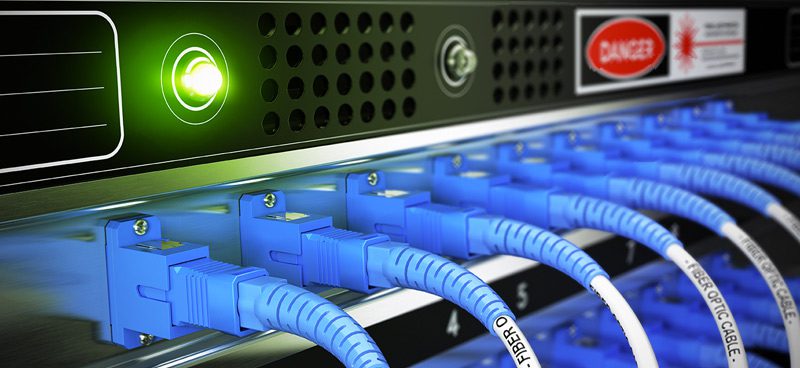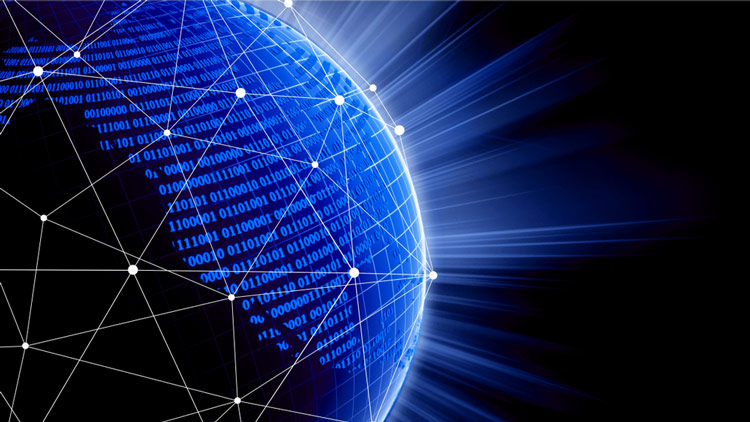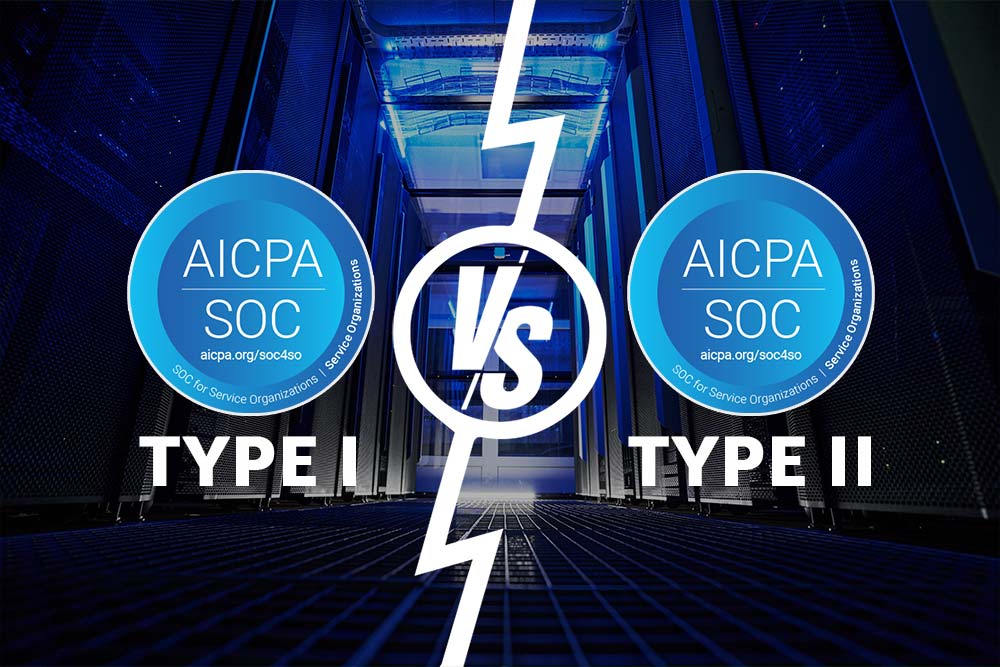Regional, national, and worldwide businesses across domains must consider a variety of issues when it comes to their information technology. IT departments need to balance the desire for expansion, performance, high bandwidth, and low latency with security, privacy, and regulatory compliance requirements.
Expansion can now be achieved by connecting multiple data centers and developing broader bandwidth capacity through the use of dark fiber networks and advanced WDM technology.
Dark Fiber
Dark fiber networks are optical fiber networks that are often privately owned (used for private networking or for Internet networks), though the fiber itself is owned by a different supplier. Ownership often rests with the telecommunication companies who took the time to physically lay, build, and connect the cable networks. The private owner leases the dark fiber from a telecommunications owner or a network service provider, as opposed to traditional carriers. Some businesses are now buying up instead of leasing these dark fiber networks.
Fiber optic cabling is favored because it offers high bandwidth availability, reliability, low latency (wait time), high security, and minimal loss of data. Implementation of dark fiber, though, can be expensive because of the high leasing or purchase costs. To make the cost of dark fiber worthwhile, companies are adding WDM technology. WDM (Wavelength Division Multiplexing) helps businesses achieve high connectivity while addressing security concerns, such as encrypting data that passes over the fiber.
Recently, higher education institutions have purchased large amounts of dark fiber to expand their connection capabilities. These connections include linking the schools to hospitals, telecommunication companies, and research companies. Because telecommunications laid too much cable, dark fiber is available at a low cost and has been a boon to many organizations and schools. Dark fiber can also help most businesses expand their networks, whether the connections are done privately or through data centers.
WDM, CWDM, and DWDM
WDM technology takes advantage of the ability to use several different wavelengths of light so that each wavelength/frequency can transmit a different kind of data. In other words, WDM technology (in fiber-optics communications) multiplexes different carrier signals—different data streams—onto a single optical fiber.
There are two different types of WDM wavelength patterns: CWDM (Coarse WDM) and DWDM (Dense WDM). CWDM allows for up to 16 channels (that is, it expands the utility of the optical fiber up to 16 times). DWDM can increase the scalability factor by up to 96 by using denser channel spacing.
CWDM is typically cheaper than DWDM because the CWDM scalability factor is less than DWDM and because less controls are needed. DWDM technology needs to be more stable than CWDM technology, which requires precision control of the temperature of the transmitter. A slight counter is that DWDM is connected to higher modulation rates, which can be less desirable than the lower CWDM modulation rates. CWDM is now a very popular choice for cable television networks.
Call Volico today for help expanding your network
Whether it’s buying or leasing dark fiber or using WDM technology, there are new and exciting ways to expand the ability of your company to network across the country and throughout the world. For help on how optical fiber and developing technologies can help your business grow, call Volico at 888-865-4261 and speak with one of our representatives.
Ready to See How Volico Data Center Can Help You?
Got questions? Want to talk specifics? That’s what we’re here for.
Have one of our friendly experts contact you to begin the conversation. Discover how Volico can help you with your Data Centers Connectivity needs.
• Call: 888 865 4261
• Chat with a member of our team to discuss which solution best fits your needs.









